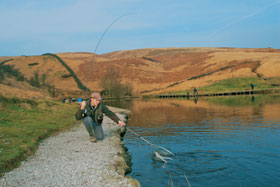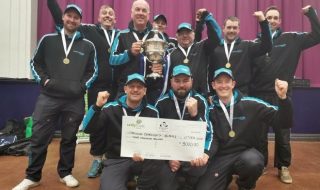Even early in the season there are times when trout definitely respond better to realistic-looking patterns. When this happens it’s likely that the fish will be feeding naturally just sub-surface. This is the ideal time to fish a single fly. However, it often pays to fish a team of flies because this way you can cover the water column from top to bottom. If you happen to be catching consistently on the top dropper, the fish are higher in the water and so on.
Most stillwater nymphs are relatively lightweight so that they sink relatively slowly through the water column. In recent years, heavyweight nymphs have found success, especially in early season and again in summer.
Your cast should consist of two or three flies, because you need to get them all to fish at different depths.

A 10ft 6-wt or 7-wt rod is perfect for this kind of fishing, and the flies are best fished on a floating line and allowed to swing round in the breeze. An intermediate line along with a slow figure-of-eight retrieve could be used on a very windy day. Don’t go too heavy when it comes to leaders, because this will affect presentation; 6lb breaking strain should be fine.
Patterns
Top Dropper
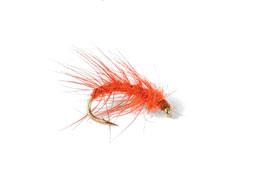 Snatcher This fly started off life north of the border but is one that travels extremely well. Fish it just under the surface for best results. The palmered hackle gives the fly life and movement. This pattern does best on the top dropper but can work anywhere on the cast. |
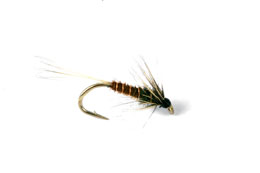 Cruncher The Cruncher is a deadly top dropper pattern, especially when fished on a floating line because it keeps the fly near the surface where it performs best. Fish the fly almost static and be prepared for some savage takes. |
Middle Dropper
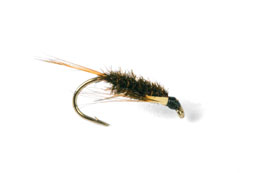 Diawl Bach This is a tremendous clear-water nymph when tied as per the original because there is no flash to spook wary fish. The success of the pattern is down to its suggestiveness, it seems to mean all things to all trout. It’s a great middle dropper pattern. |
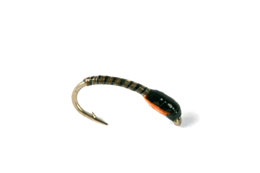 Stripped Quill Buzzer This is another good middle dropper fly. Buzzers can be tied in a whole host of ways, but the stripped quill version looks very similar to the natural. A little orange in the thorax area provides a trigger for the trout. Slow retrieves are often the best when fishing buzzers. |
Point
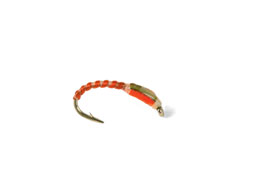 Bloodworm Buzzer As with most bloodworm patterns, this fly works very well in the colder months of the year. Keep everything at a snail’s pace and give this pattern time to get where it needs to be, the lake bed. This is another fly that you can expect to get savage takes with. |
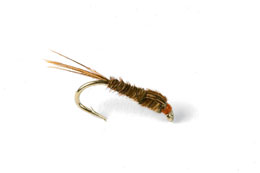 Weighted Pheasant Tail Nymph The little bit of extra weight in this pattern will keep it deep in the water where, hopefully, the fish will be found. As it represents many of the things that swim in our fisheries, it’s no surprise that it catches so many trout. |


